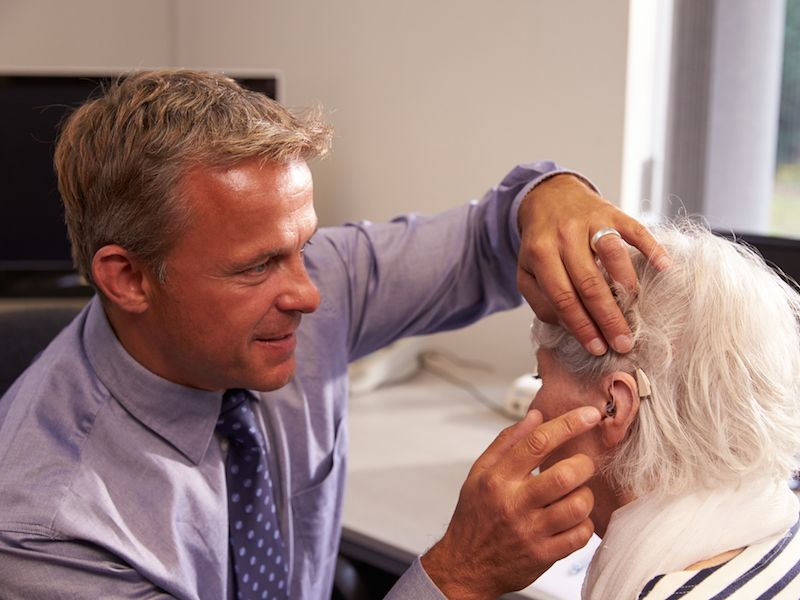
The numbers don’t lie: you might require hearing aids someday. A study from NIDCD estimates that around a quarter of all people from 60 to 75 have some kind of hearing loss, and that figure jumps up to 50% for people 75 and older. But how can you be certain which model is right for you when you recognize it’s your best opportunity to combat loss of hearing? Hearing aids at one time had problems such as susceptibility to water damage and excessive background noise but modern hearing aids have solved these sorts of issues. But there’s still a lot you need to know when picking a hearing aid to be sure it fits your lifestyle.
Look Closely at Directionality
Directionality is one important function you should look for, which is your hearing aid’s ability to focus on the specific noise around you (such as a discussion) while keeping background sound to a minimum. Most hearing aids have different directionality systems, which either focus on the noise directly in front of you, the sound that’s coming from different speakers, or a combination of both.
Can You Use it With Your Phone?
As a nation, we’re addicted to our cell phones. Even if you don’t have a smartphone, it’s likely you have a flip phone. And for those few who don’t actually have a cell phone, you likely still have a land-line. So, when you’re trying out different hearing aids, you should test how they work with your phone. How does it sound? Do voices sound clear? Does it feel comfortable? Are there any Bluetooth connection features available? These are all of the things you should take into account when selecting new hearing aids.
Are You Likely to Use it?
In the last few years, as mentioned above, the development of hearing aids has significantly improved. One of those advances has been the size and shape of hearing aids, which are much smaller nowadays. But there are certainly pros and cons. It is dependant on what your particular needs are. A smaller hearing aid is not as obvious and may fit better but a larger one could be more powerful. The little models won’t have the features of the larger models and they could get clogged with earwax but they fit inside your ears nearly imperceptibility. On the other side of it, a behind the ear hearing aid is larger and might be more obvious, but often have more directionality features and have more options for sound amplification.
What Kind of Background Sound Will You be Exposed to?
One of the leading concerns since the advent of hearing aid technology has been wind noise and the chaos it wreaks on wearers. Being outside during a windy day with a traditional hearing aid once meant that you couldn’t hear anything but the wind, which is could drive anyone insane. If you’re an outdoors kind of person or you live in a windy area, you’ll want to control wind noises with your hearing aid decision so that conversations are free from that irritating wind howl. Searching for more information about how to pick the correct hearing aid? Call us.
